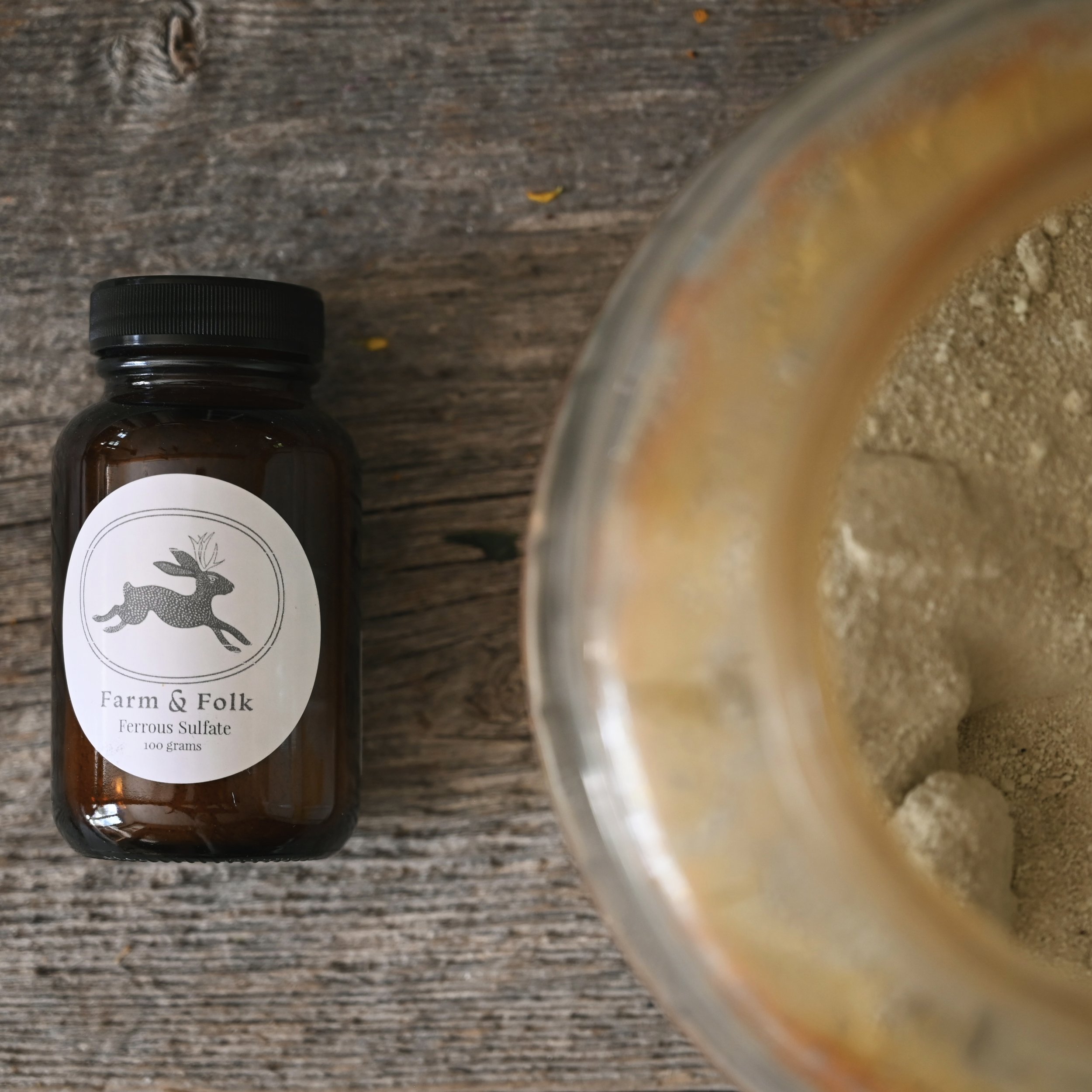Hopi Black Dye Sunflower Seeds
Hopi Black Dye Sunflower Seeds
Hopi Black Dye Sunflower Seeds
(Helianthus annuus)
Please note that these seeds are intended as dye, not for planting because the plants were cross-pollinated with the native sunflowers that grow prolifically here in the southwest. They will not produce true Hopi Black Dye offspring. I did only a light winnow on them so there's some sunflower plant debris present. I personally don't remove the debris when extracting the dye but you may choose to. Hopi sunflower seeds are ph and heat sensitive so will yield different colors depending on what’s present in your water and the temperature of your dye bath. For me they yield a cherished warm grayish-tan but I’ve seen other dyers achieve purples and maroons. A near black can be achieved if you treat cellulose fabric first with gall tannin then use iron as a mordant and then dye the fabric with Hopi sunflower seeds. Reference my book Farm & Folk Quilt Alchemy, Formula 8: Hopi Sunflower on page 64 for more information (linked below).
I set up a dye bath the traditional Hopi method, as described by Mary-Russell Ferrell Colton in her book Hopi Dyes, by boiling a double-handful of the seeds in about a half gallon of water for 30 minutes to an hour, then strain off the seeds and compost them. Add enough water to the dye bath to submerge your mordanted fiber and slowly bring the dye bath up to about 180f. Hold it at temperature for one hour then either remove the fiber immediately or let it steep in the dye bath for as long as 24 hours for deeper shades. If you’re dyeing cellulose fabric I recommend treating it in an iron bath of 1-2% after dyeing for improved colorfastness results.
Each packet contains 100 grams of seeds.
Grown, harvested, and cured by Sara here in southwestern Colorado on Ancient Future Farm. Our family has been tending this land and soil with regenerative growing methods since 2005. Our soil is nurtured through extensive cover cropping and our crops are fertilized with compost that we make right here on site. We never use synthetic chemicals such as herbicides, pesticides, chemical fertilizers, or fungicides. Our dye flowers are harvested every day by hand when they reach their optimal potential and then carefully cured in our curing room out of direct sunlight. All of our natural dyestuffs are packaged in heat sealed envelopes to keep them fresh. For best results we recommend using them within a year.
Resources:
Natural Dyeing With Dye Flowers
Farm & Folk Quilt Alchemy by Sara Larson Buscaglia
Hopi Dyes by Mary Russell Ferrell Colton






